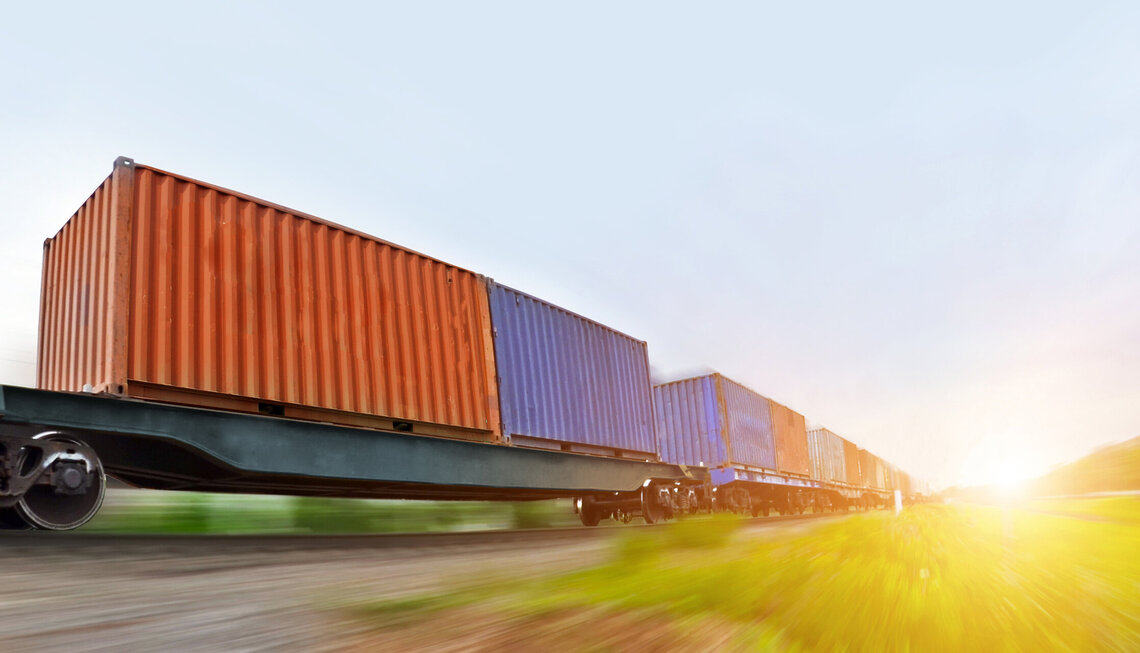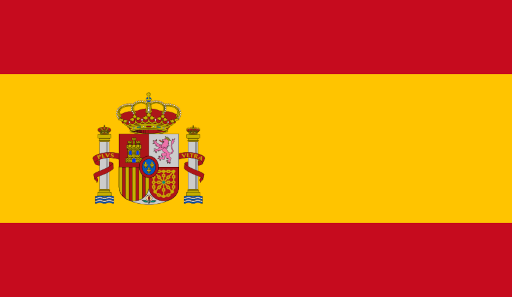The Eurasian Land Bridge - a vast rail freight corridor connecting China and Europe - has grown into a strategic alternative to ocean and air freight. Driven by China’s Belt and Road Initiative and supported by increasing demand for sustainable, fast, and reliable logistics, this corridor is now a vital part of global supply chains.
This article explores the origins, current geopolitical realities, emerging trends, and logistics benefits of the Eurasian Land Bridge, and offers insights into how shippers can leverage this route in 2025 and beyond.
From Silk Road to Modern Logistics Corridor
The concept of a transcontinental railway dates back to the historic Silk Road, but the modern rail freight connection emerged in the early 2000s. Since the first regular China-Europe freight trains began operating in 2011, volumes have surged. According to New Silkroad Discovery 19,392 China-Europe trains were launched in 2024 and a total of 2,077,216 TEUs of goods were shipped, an increase of 10.7% and 9.2% respectively.
This growth was spurred by China’s Belt and Road Initiative (BRI) - an ambitious infrastructure development project launched in 2013.
Multiple corridor options now exist:
- Northern Route: via Russia and Belarus
- Middle Corridor: via Kazakhstan, the Caspian Sea, and Türkiye
- Southern/Central Routes: connecting China with Central Asia and beyond
Current Challenges: The Ukraine War and Route Diversification
 The war in Ukraine, ongoing since 2022, has deeply affected the Northern Corridor, which runs through Russia and Belarus. Although the route remains operational for many goods, it faces:
The war in Ukraine, ongoing since 2022, has deeply affected the Northern Corridor, which runs through Russia and Belarus. Although the route remains operational for many goods, it faces:
- Trade sanctions and export restrictions (check updates via the EU Sanctions Map)
- Heightened customs scrutiny—especially for dual-use and Dangerous Goods
- Decreased usage by risk-averse shippers and forwarders
As a result, attention has shifted toward the Middle Corridor, promoted by the Trans-Caspian International Transport Route (TITR) Association, which offers a Russia-free option, although it is still developing in capacity and infrastructure.
For up-to-date trade flow trends, see the International Union of Railways (UIC) Rail Freight Reports.
Current Rail Trends and Leschaco’s Eurasian Services
Despite disruptions, rail freight is gaining traction as an optimal mix of speed, cost, and sustainability. At Leschaco, we continue to develop solutions for customers across Europe, China, and Central Asia.
Key developments in 2024–2025 include:
Daily west- and eastbound block trains between major hubs like Duisburg, Hamburg, Yiwu, Chongqing, and Zhengzhou
- Growing demand for LCL services and multimodal integration (rail-road-sea)
- New connectivity to Central Asia: Including services to Astana, Tashkent, Almaty, Bishkek, and Ulaanbaatar
- Enhanced pre-check processes for sanctioned items and Dangerous Goods in line with EU customs regulations
Leschaco supports customers with:
- Door-to-door FCL and LCL solutions
- Real-time tracking and monitoring
- Documentation and customs clearance support
- Expertise in Dangerous Goods cargo handling
Visit our service page for more details.
Why the Eurasian Land Bridge Still Makes Sense
 Transit Time Advantage
Transit Time Advantage
Shipping from China to Europe by sea can take 35–45 days. Rail offers delivery in 15–22 days, even accounting for minor delays.
 Carbon Emissions
Carbon Emissions
Rail emits 75–80% less CO₂ than air freight, supporting sustainable logistics goals and EU Green Deal targets.
 Capacity and Flexibility
Capacity and Flexibility
Rail has become a proven alternative for high-tech, automotive, and FMCG sectors. Dangerous Goods (depending on HS codes and route) are also increasingly accepted - Leschaco ensures full compliance through pre-approval processes.
 Central Asia on the Rise
Central Asia on the Rise
Countries like Kazakhstan and Uzbekistan are investing in logistics infrastructure. These emerging markets are becoming transit hubs and end markets, strengthening the value of east-west and north-south integration.
Think Rail – Think Future
In an era shaped by geopolitical tension, environmental responsibility, and the demand for agile supply chains, the Eurasian rail corridors offer an increasingly attractive logistics solution.
At Leschaco, we help customers navigate this complex landscape with tailored, transparent, and reliable Eurasian rail services - backed by digital visibility, compliance expertise, and regional know-how.
Looking to explore your rail freight options from or to Asia?
Contact our rail experts and discover how the land bridge can become your logistics advantage.








